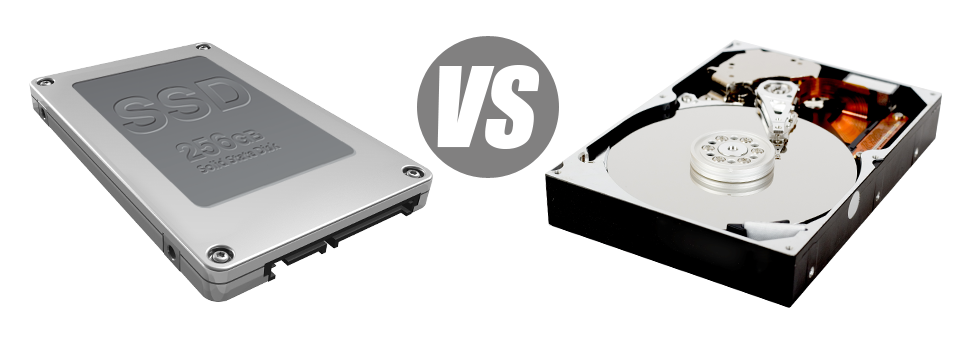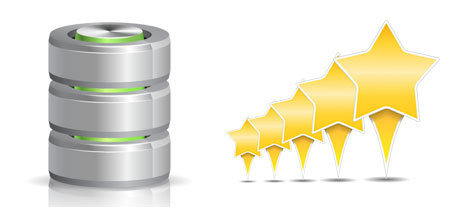For people with a site or maybe an app, rate of operation is essential. The faster your web site works and then the faster your web applications operate, the better for you. Considering that a website is simply a range of data files that communicate with one another, the systems that keep and access these files play an important role in web site effectiveness.
Hard disk drives, or HDDs, were, right until the past few years, the most trustworthy products for storing information. However, recently solid–state drives, or SSDs, have already been gaining interest. Have a look at our comparability chart to view if HDDs or SSDs are more suitable for you.
1. Access Time
Because of a revolutionary new method to disk drive functionality, SSD drives enable for considerably quicker data file access rates. Having an SSD, data access instances are far lower (only 0.1 millisecond).
HDD drives still use the same general file access technique that was originally created in the 1950s. Even though it was considerably improved ever since, it’s slow when compared with what SSDs are offering. HDD drives’ data access speed ranges in between 5 and 8 milliseconds.
2. Random I/O Performance
Due to the unique radical data storage method embraced by SSDs, they supply quicker data access speeds and quicker random I/O performance.
For the duration of our tests, all of the SSDs confirmed their ability to work with a minimum of 6000 IO’s per second.
All through the very same lab tests, the HDD drives demonstrated that they are significantly slower, with 400 IO operations addressed per second. While this looks like a significant number, for people with a busy web server that contains many well–liked web sites, a slow hard drive may result in slow–loading websites.
3. Reliability
The absence of moving parts and rotating disks within SSD drives, and the recent developments in electronic interface technology have ended in a much reliable data file storage device, with a typical failure rate of 0.5%.
HDD drives implement rotating disks for holding and browsing files – a concept since the 1950s. And with hard disks magnetically hanging in the air, spinning at 7200 rpm, the probability of some thing failing are generally increased.
The regular rate of failure of HDD drives varies among 2% and 5%.
4. Energy Conservation
SSD drives work virtually silently; they don’t make extra heat; they don’t involve more chilling options and then consume far less power.
Tests have indicated that the typical electricity use of an SSD drive is amongst 2 and 5 watts.
HDD drives are infamous for being loud; they are liable to getting hot and when you have several hard drives inside a web server, you need an additional a / c system just for them.
In general, HDDs consume in between 6 and 15 watts.
5. CPU Power
Because of SSD drives’ greater I/O effectiveness, the main hosting server CPU will be able to process data demands much faster and save time for other functions.
The normal I/O delay for SSD drives is just 1%.
Compared with SSDs, HDDs permit not so quick file access speeds. The CPU will have to wait for the HDD to return the required data, scheduling its resources for the time being.
The typical I/O wait for HDD drives is around 7%.
6.Input/Output Request Times
It is time for a few real–world examples. We ran a full platform backup on a hosting server only using SSDs for file storage uses. In that operation, the normal service time for an I/O request remained beneath 20 ms.
Throughout the exact same tests with the exact same server, this time fitted out with HDDs, efficiency was substantially reduced. All through the web server data backup process, the normal service time for I/O requests fluctuated between 400 and 500 ms.
7. Backup Rates
You’ll be able to feel the real–world added benefits of utilizing SSD drives every day. By way of example, on a web server designed with SSD drives, a complete backup will take only 6 hours.
We made use of HDDs mainly for lots of years and we’ve excellent understanding of exactly how an HDD runs. Backing up a server equipped with HDD drives can take around 20 to 24 hours.
The VPS web hosting and our normal cloud web hosting accounts feature SSD drives automatically. Be part of our idomainHOST family, and discover the way we can help you boost your website.
Hepsia
- Live Demo
Service guarantees
- Our Virtual Private Servers provide no installation rates and work in a dependable network delivering 99.9% of uptime. Full root server access privileges warranted.
Compare our prices
- Review the allocations and capabilities coming with our Virtual Private Servers. You can start off with a cheaper VPS Web Hosting configuration and move up with just a click as your demands expand.
- Compare our hosting plans
Contact Us
- You can easily make contact with us 24 hours by email or by using our ultra–fast ticketing platform. idomainHOST offers a 1–hour reply time frame warranty.














